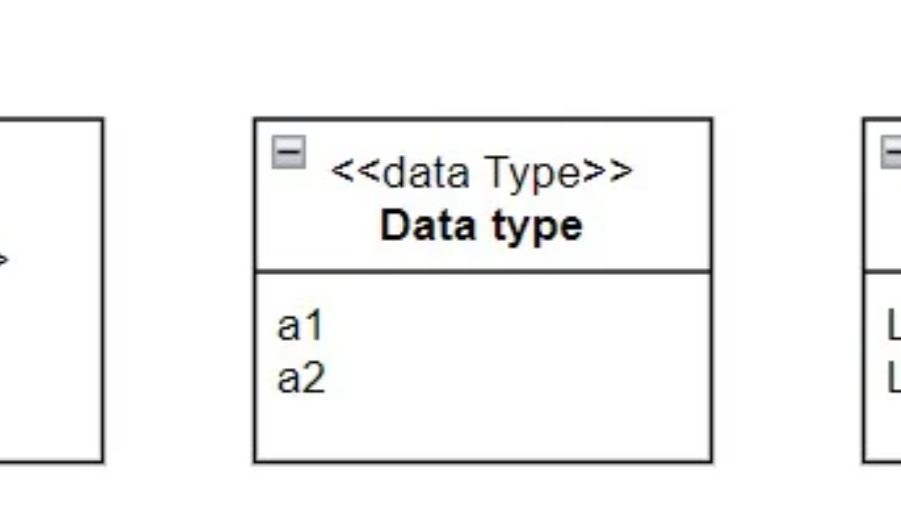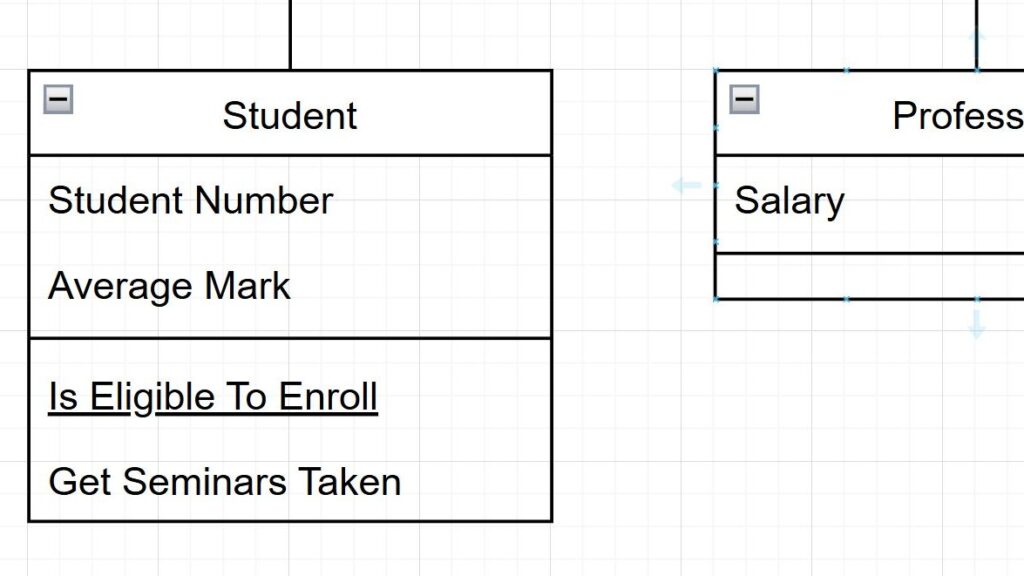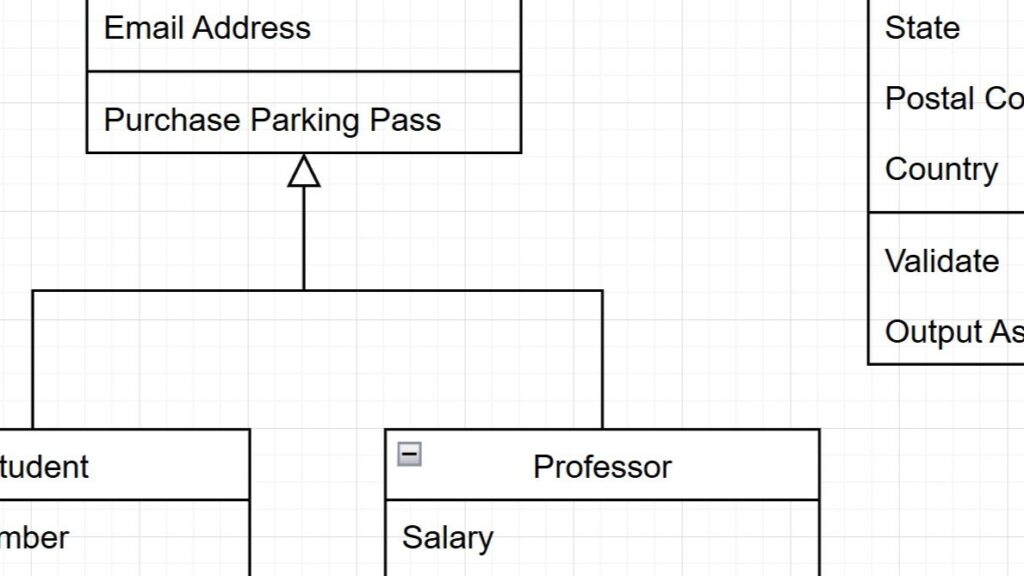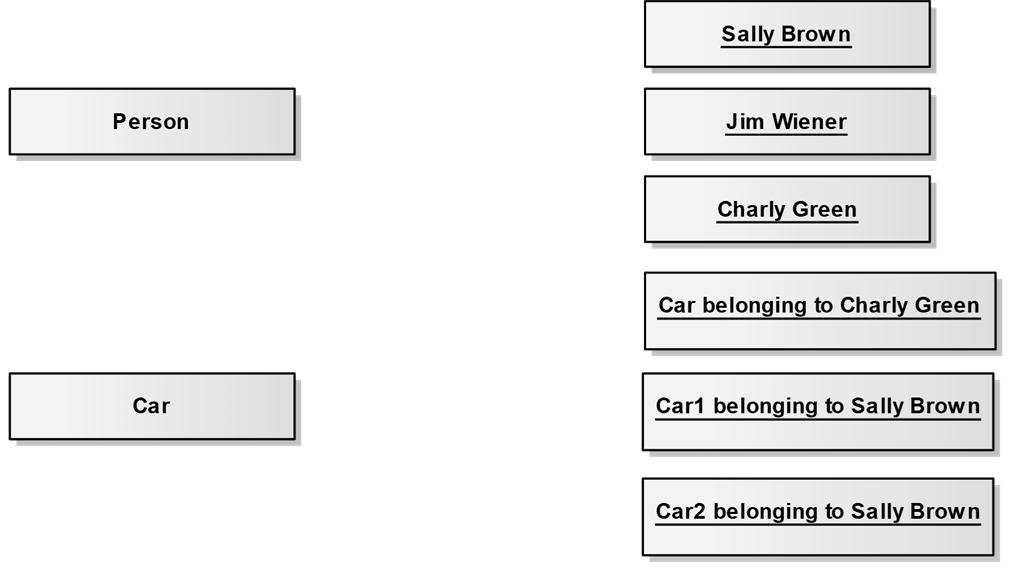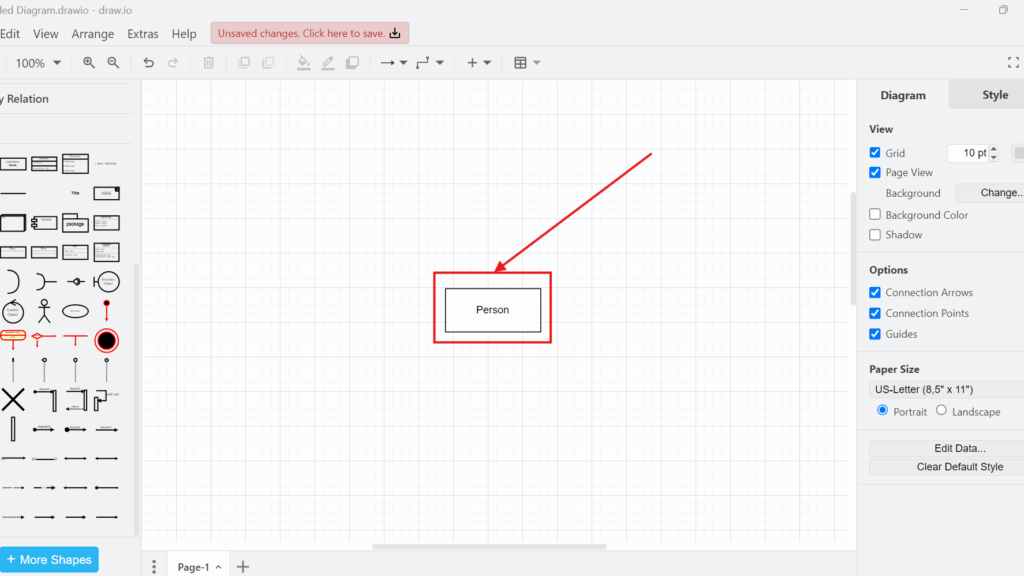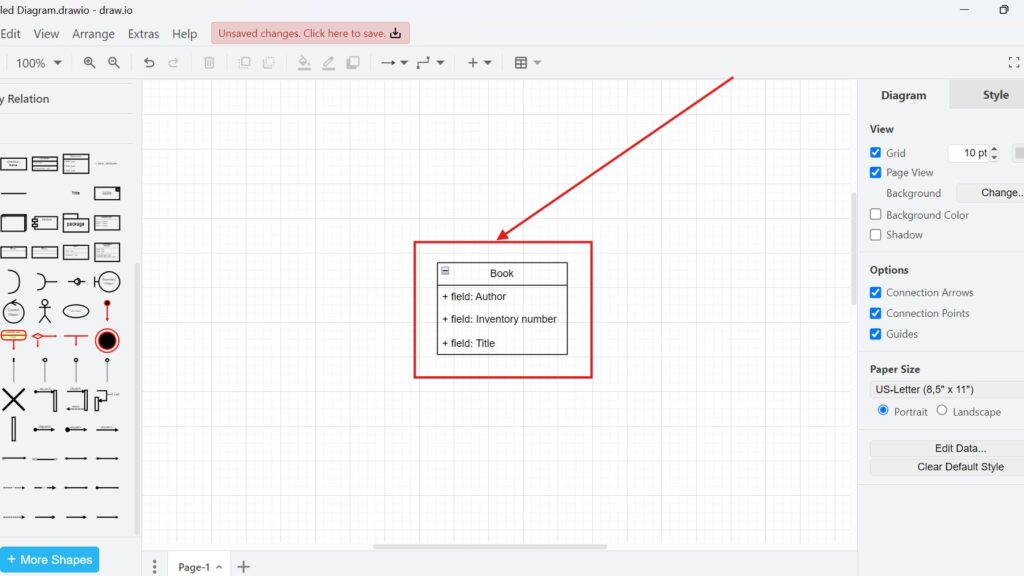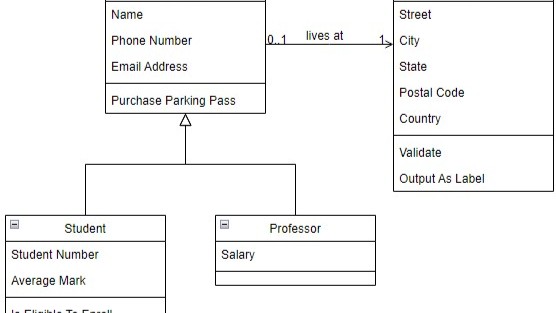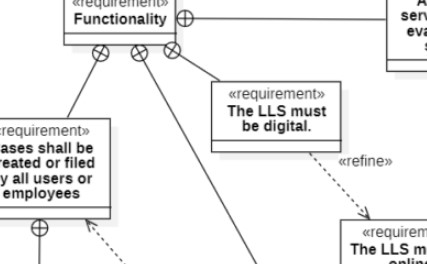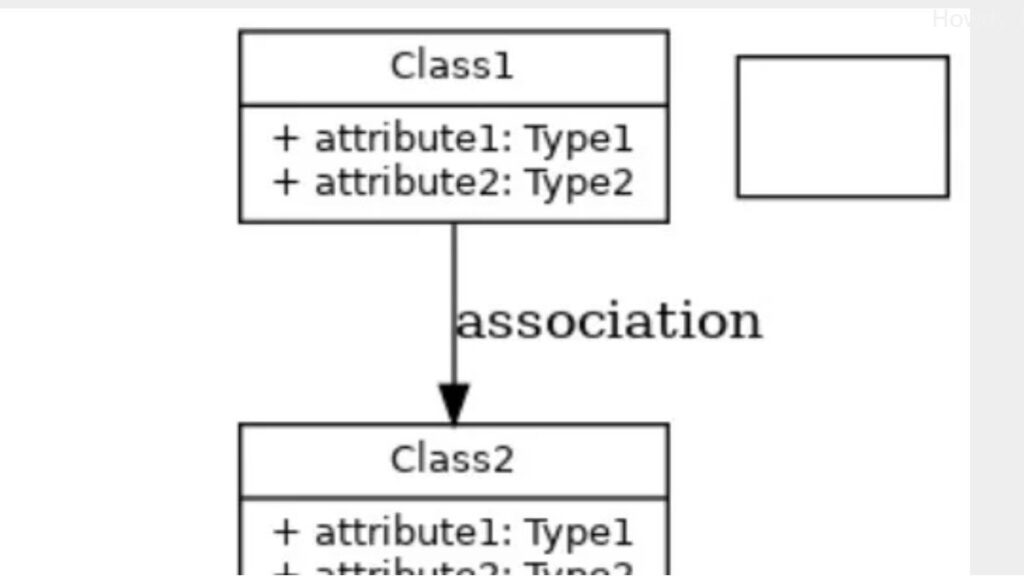UML Data Types: Simplifying Complex Concepts
When working with UML, understanding UML structured data types is essential for clear and consistent modeling. Data types define which values a model can use, ensuring precision and preventing confusion. UML includes three main categories: primitive, structured, and enumerations. Primitive types handle basic elements like text or numbers, while UML structured data types describe complex objects. Enumerations define fixed value sets. Comparing them reveals how each supports different modeling needs.
UML Data Types: Simplifying Complex Concepts Read More »


